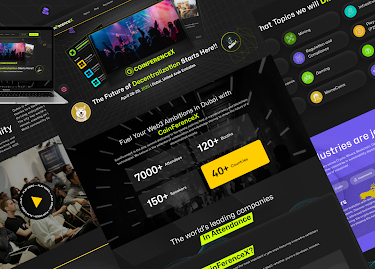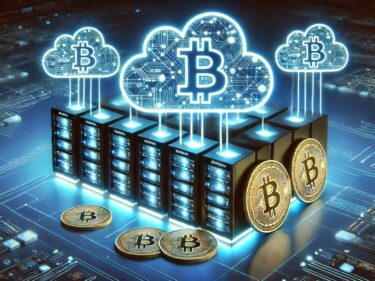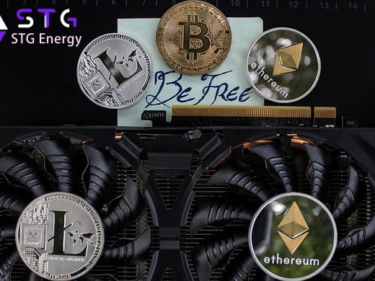What does NFT really means? All about Non Fungible Tokens

NFT stands for “non-fungible token.” It is a type of digital asset that represents ownership of a unique item or piece of content, such as a digital artwork or video clip. Unlike fungible assets like cryptocurrencies, which are interchangeable and have a fixed value, each NFT is unique and cannot be replicated or replaced. NFTs are often used to buy, sell and trade ownership of digital assets on blockchain-based marketplaces.
Best NFT marketplaces
There are many NFT marketplaces currently available, and the best one for you will depend on your specific needs and preferences. Some of the most popular and well-established NFT marketplaces include:
- OpenSea: One of the largest and most popular NFT marketplaces, with a wide variety of digital assets including art, collectibles, and gaming items.
- Rarible: A marketplace for buying and selling NFTs, with a strong focus on digital art and collectibles.
- SuperRare: A curated marketplace for high-quality, one-of-a-kind digital art.
- KnownOrigin: A marketplace for buying and selling digital art, that offers a clear and simple user interface.
- Nifty Gateway: A marketplace focused on exclusive drops from top creators and celebrities.
It’s important to note that the NFT marketplaces are constantly evolving, and new ones are emerging all the time. It’s always a good idea to do your own research and evaluate a few different options before making a decision.
NFT future scope
The future of NFTs is currently a topic of much debate and speculation. Some experts believe that NFTs have the potential to revolutionize the way we think about ownership and value in the digital realm. NFTs could be used for a wide range of applications, including digital art, gaming items, virtual real estate, and collectibles.
In the art world, NFTs are enabling artists to monetize their work in new ways, giving them control over their digital creations, and providing a new way for collectors to invest in digital artworks. The use of NFTs in gaming is also growing, as they allow players to own, trade and monetize virtual items.
In the future, NFTs could also be used in other areas such as copyright, provenance, and tracking, opening up opportunities in various industries like fashion, music and even real estate, where NFTs could be used to represent ownership of virtual properties and assets.
However, NFTs still have a lot of challenges to overcome, such as scalability, usability, and sustainability. The environmental impact of NFTs is also a concern, as the process of minting and trading them requires a lot of energy. Despite these challenges, many people believe that NFTs have the potential to change the way we think about digital ownership and value.
Facts about NFTs
Here are a few key facts about NFTs:
- NFT stands for “non-fungible token.” It is a type of digital asset that represents ownership of a unique item or piece of content, such as a digital artwork or video clip.
- NFTs are built on blockchain technology, which provides a secure and transparent way to track ownership and provenance of the digital assets.
- Each NFT is unique and cannot be replicated or replaced, unlike fungible assets like cryptocurrencies which are interchangeable and have a fixed value.
- NFTs can be bought, sold, and traded on blockchain-based marketplaces, and can be stored in digital wallets.
- The value of an NFT is determined by the market and can fluctuate, similar to how the value of traditional artworks or collectibles can change.
- NFTs have been used in the art world, but their potential use cases go beyond, including gaming, virtual real estate, and collectibles.
- NFTs are still in their early stages and have yet to be widely adopted. They face challenges such as scalability, usability, and sustainability.
- The environmental impact of NFTs is a growing concern, as the process of minting and trading NFTs requires a lot of energy.
Top NFT projects
There are many NFT projects currently being developed and launched, but here are a few notable ones:
- CryptoKitties: One of the first and most popular NFT projects, it allows users to buy, sell, and breed virtual cats using Ethereum blockchain.
- Decentraland: A virtual reality platform that allows users to create, experience, and monetize content and applications. It uses NFTs to represent ownership of virtual land and assets.
- Sorare: A fantasy soccer game that allows users to collect, trade, and manage virtual soccer players represented as NFTs.
- Aavegotchi: A ghost-collecting game that runs on the Ethereum blockchain and uses NFTs to represent the ghosts.
- The Sandbox: A virtual gaming world that allows users to create and monetize their own games and experiences using NFTs to represent in-game assets.
- Rarible: A marketplace for buying and selling NFTs, with a strong focus on digital art and collectibles
- SuperRare: A curated marketplace for high-quality, one-of-a-kind digital art
- KnownOrigin: A marketplace for buying and selling digital art, that offers a clear and simple user interface.
It’s worth noting that this is not a comprehensive list, and new projects are emerging all the time. Also, the NFT market is highly dynamic, so the popularity and success of a project may vary with time.



